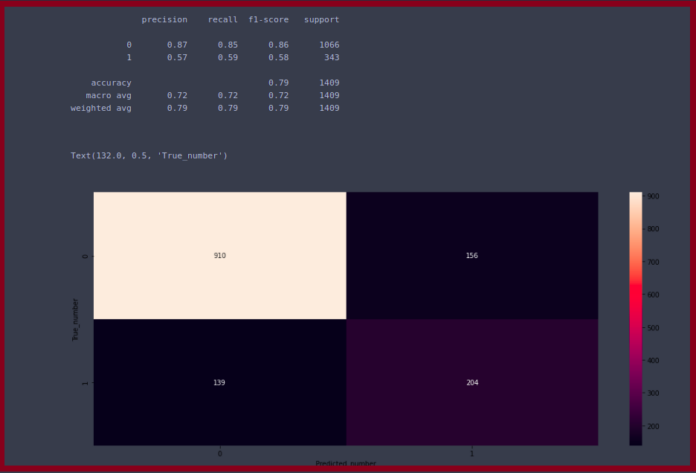The lastIndexOf() method of Floats Class in Guava library is used to find the last index of the given float value in a float array. This float value to be searched and the float array in which it is to be searched, both are passed as a parameter to this method. It returns an integer value which is the last index of the specified float value. If the value is not found, it returns -1.
Syntax:
public static int lastIndexOf(float[] array,
float target)
Parameters: This method accepts two mandatory parameters:
- array: which is the array of float values in which the float value is to searched.
- target: which is float value to be searched for last index in the float array.
Return Value: This method returns an integer value which is the last index of the specified float value. If the value is not found, it returns -1.
Below programs illustrates this method:
Example 1:
// Java code to show implementation of// Guava's Floats.lastIndexOf() method import com.google.common.primitives.Floats;import java.util.Arrays; class GFG { // Driver's code public static void main(String[] args) { // Creating a float array float[] arr = { 1.2f, 2.2f, 3.2f, 4.2f, 3.2f, 5.6f, 3.2f, 4.4f }; float target = 3.2f; // Using Floats.lastIndexOf() method // to get the index of last appearance // of a given element in array // and return -1 if element is // not found in the array int index = Floats.lastIndexOf(arr, target); if (index != -1) { System.out.println("Target is present" + " at index " + index); } else { System.out.println("Target is not present" + " in the array"); } }} |
Target is present at index 6
Example 2:
// Java code to show implementation of// Guava's Floats.lastIndexOf() method import com.google.common.primitives.Floats;import java.util.Arrays; class GFG { // Driver's code public static void main(String[] args) { // Creating a float array float[] arr = { 1.2f, 2.2f, 3.2f, 4.2f, 3.2f, 5.6f, 3.2f, 4.4f }; float target = 10.2f; // Using Floats.lastIndexOf() method // to get the index of last appearance // of a given element in array // and return -1 if element is // not found in the array int index = Floats.lastIndexOf(arr, target); if (index != -1) { System.out.println("Target is present" + " at index " + index); } else { System.out.println("Target is not present" + " in the array"); } }} |
Target is not present in the array

